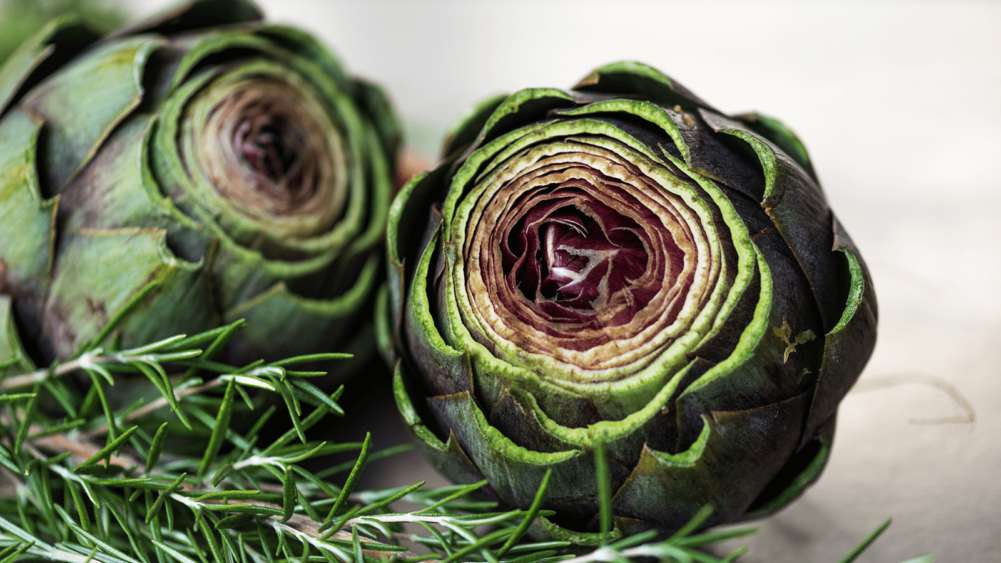
Your whole you, part 4 of 7 – clean living
Apr 10, 2020
Are you tending to all aspects of you and your environment? You are a mental/emotional/spiritual being in a physical body; take some time to reflect on all aspects of you. I’ll be addressing one per email over the next few weeks (for Tues and Fri delivery).
When you attend to these foundational lifestyle factors, your body is more likely to feel stronger, healthier and ready to overcome whatever it may need to!
- Nourishment, hydration
- Movement
- Sleep
- Clean living (your environment)
- Relationship with yourself
- Relationship with others
- Relationship with something
Clean living
Remember the teacup analogy? Doing your best to reduce the number of things in your life that irritate you and create inflammation helps lower the burden of your whole system. That’s where clean living comes in…
Identifying what’s harmful is key to limiting daily exposure to environmental toxins. We can’t control everything that we come in contact with, but we can try to minimize toxin exposure where we can.
Being able to identify toxins is the first step to remedy the “I’m full of what?!?!” reaction that most people have when they learn the truth of what’s in our food, water, and things that interact with our body.
Evidence of environmental toxins
Decades of research studies on all areas of the body (blood, urine, bones, nervous system tissue, fat cells, brain) have found countless man-made chemicals in residence. Chemistry can get confusing. The take-home is this: if you do your part to minimize toxins – solvents, pesticides, herbicides, fungicides, heavy metals, and plastics – within your home and your diet, your body’s detoxification pathways will be better equipped to handle the toxins that you do come in contact with. Don’t stress – you can’t possibly avoid 100%, just do your best to minimize and have faith in your body that it knows how to process and eliminate the rest.
You eat what’s in/on what you eat
Decreasing exposure is the most important step in cleaning toxins from your system. Since food pesticides are a major source of toxicity, buy organic produce, whenever possible. Use the Environmental Working Group’s annual list of Clean Fifteen/ Dirty Dozen foods to make educated choices and to determine a priority in organic buying.
Then, when you do buy conventionally grown fruits or vegetables (maybe they’re the local option), clean them by either peeling or washing in acid (vinegar in water) for 10-25 minutes and scrubbing for a minute. For fruits or vegetables that cannot easily be scrubbed (think grapes, cherries, etc.), soak in a vinegar wash for an hour or so and rinsed well.
Choose organic meat and dairy products because most pesticides are fat-soluble; what better place to accumulate than in high-fat dairy and animal tissue? Use the National Resource Defense Council’s Mercury Guide to help make educated choices.
More ways to limit exposure to toxins
- Use glass and/or stainless-steel beverage and food containers (vs. plastic).
- NEVER microwave in plastic! [rarely do I use such extreme words, but I do here!]
- Consider organic gardening and pest management.
- Use non-toxic household cleaners that are plant-based with essential oils. check out EWG’s healthy living home guide!
- Explore non-toxic personal care products – hair dyes, colors, and cosmetics! Use the Skin Deep database as a resource to find out how toxic your products are and to find better options.
- If your products rank higher than you feel comfortable with, check out Beautycounter (affiliate link) for safer personal care products (skincare, haircare, cosmetics, sunscreen).
If you feel overwhelmed at the thought of making life changes, that’s where I can help! Schedule an appointment with me to get started with support.
For the next few days,
Clean up your home environment…
Start with personal care products and the Skin Deep database. If you have been using a product that is orange or red, put a big sharpie ‘X’ on it so that when it runs out, you know to replace it with a safer product.
Next, look up the safety of your home cleaners and do the same with them.
